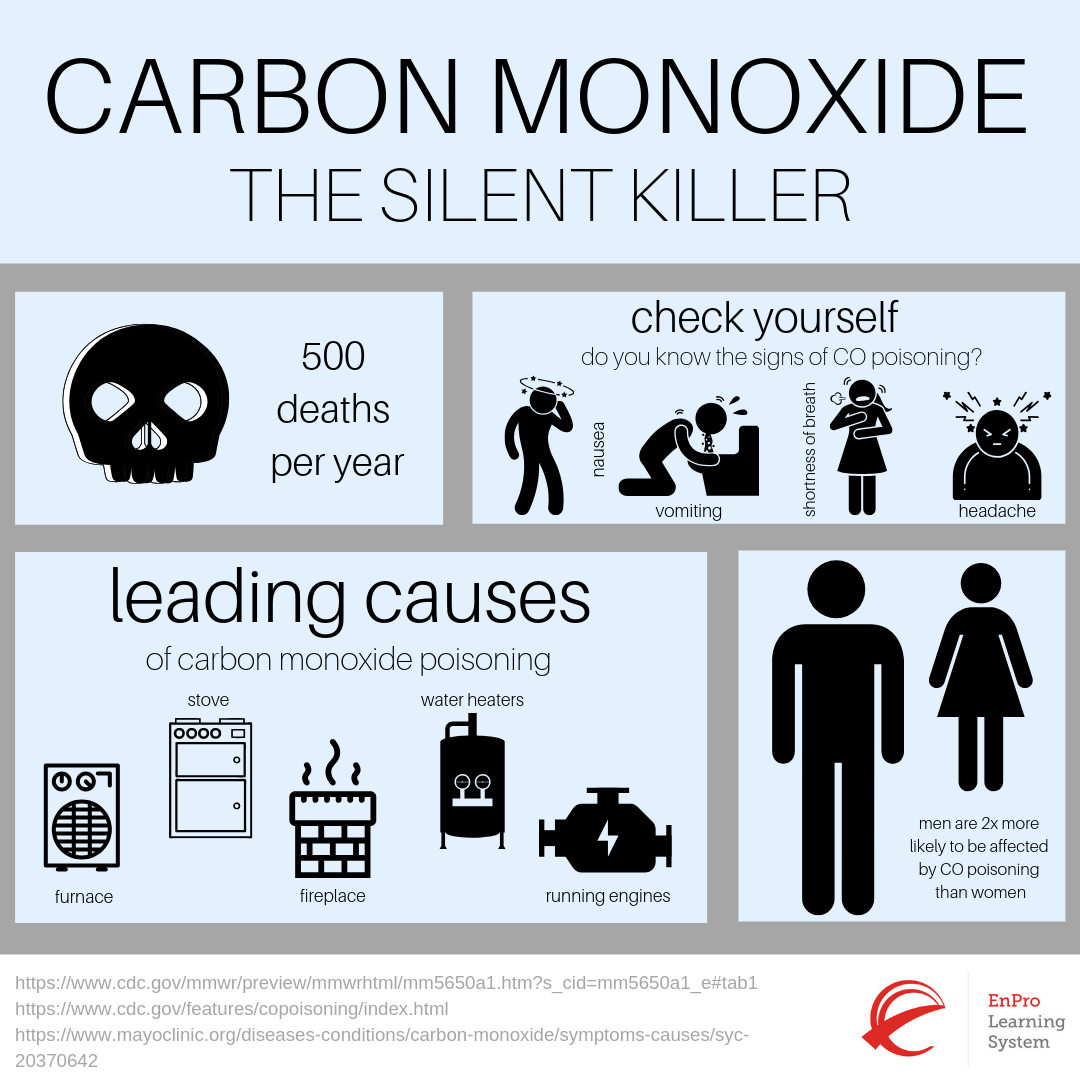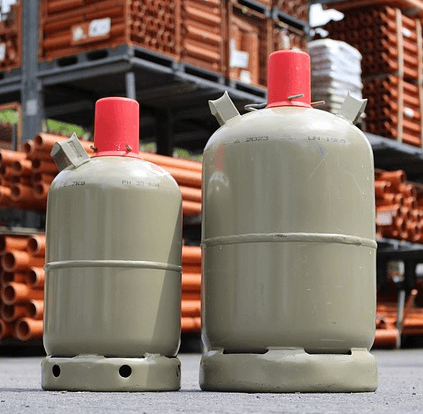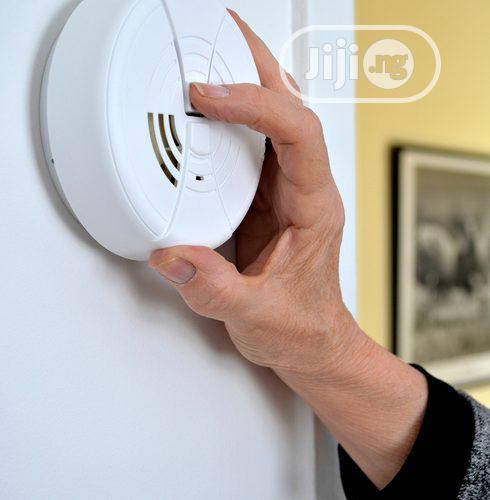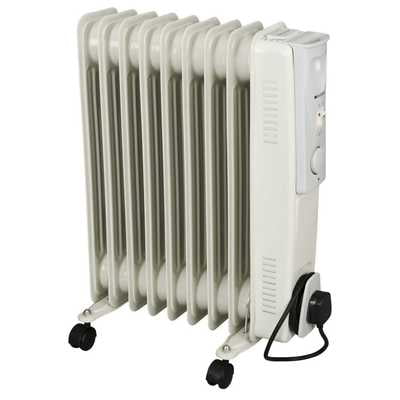Carbon monoxide is not heavier than air, rather, it is slightly lighter than air because an average air has 28.96 molar mass, while carbon monoxide has 28 molar mass. Therefore, since the air consists of 78% nitrogen, 21% oxygen, 0.93% argon, and 0.04% carbon dioxide, carbon monoxide has a molecular weight that is slightly lighter than air.
Any time carbon monoxide is mentioned, the first thing that should come to your mind is a deadly gas that kills silently. Yes, that is true. Carbon monoxide kills without respect when exposed to it with no ventilation. It doesn’t care who you are, what power you possess. As long as one is exposed to carbon monoxide, it’s only a matter of time before it starts reacting in the person’s body. But the question is, is carbon monoxide heavier than air?
Table of Contents
Is Carbon Monoxide Heavier Than Air?
Carbon monoxide is slightly lighter than air and not heavier than air. If the average air as measured has a molar mass of 28.8, and carbon monoxide has a molar mass of 28, that means, carbon monoxide is not heavier than air. It is slightly lighter than air.
While we are on this topic, it is important to note that carbon monoxide is a gas that is not to be inhaled at all. Coupled with the fact that carbon monoxide is an odorless and colorless gas, it is very dangerous when exposed to it.
In normal circumstances, we are not supposed to inhale carbon monoxide but because of modern-day technologies and activities. We are now exposed to the gas.
If the air we breathe has 78 percent nitrogen, 21 percent oxygen, 0.93 percent argon, and 0.04 carbon dioxide it means that indeed, the fact that we are exposed to carbon monoxide these days can be related to modern-day technologies such as heaters, cars, cookers, etc.
There are many things at home that can produce carbon monoxide. Things like your heating system. Many homes suffer from carbon monoxide poisoning during winter more than summer because of the constant use of heaters that produces carbon monoxide in the house.
For example, during winter, a person who has a workshop in his garage can decide to buy a propane heater to heat his garage while he works. And since his house’s central heating system is not extended to the garage, the person goes ahead with the propane heater.
However, when this individual uses this propane heater in his garage without ventilation, he tends to expose himself to carbon monoxide which he shouldn’t have been exposed to had he not buy the propane heater. This is what technology and new inventions have caused. Please note that propane heaters are safe to be used in garages. It is only unsafe when there is no enough ventilation in the garage.
As reiterated earlier, carbon monoxide has a molecular weight that is slightly lighter than air. If the molar mass of air is 28.96 while the molar mass of carbon monoxide is 28, carbon monoxide is indeed slightly lighter than air.
Moreover, the fact that carbon monoxide is slightly lighter than air doesn’t mean it rises to the ceiling. Please take note of that. Carbon monoxide does not rise to the ceiling that is why many manufacturers of carbon monoxide detectors encourage people to mount the detector in between the wall and the ceiling, and not just in the ceiling.
Another point you need to know about carbon monoxide is that it mixes very well with the air. Because it mixes very well with the air, it makes it more dangerous because once a person breaths it, it becomes very dangerous to the person’s health. Hence more reasons why you should install a carbon monoxide detector in your home.
Meanwhile, why on earth are you struggling with installing a carbon monoxide detector in your home. Why haven’t you done it yet? Is your health no important to you? Have you not heard that carbon monoxide is a silent killer?
The fact that carbon monoxide does not have any smell makes it hard to notice. How can you detect the presence of carbon monoxide in your home when it is odorless. These carbon monoxide detectors are manufactured to help you detect any carbon monoxide leak in your house and trust me, you are doing yourself a disservice if you are yet to install the detector in your home.
Why is Carbon Monoxide Dangerous?
Carbon monoxide is dangerous because it is a silent killer. Imagine your propane heater leaking carbon monoxide during combustion at night with no ventilation in the room. All the people exposed to it will die in their sleep.
The reason why I’m serious about the dangers of carbon monoxide and why everyone should look out for carbon monoxide in their homes is because I personally know someone who carbon monoxide killed. His death championed my articles on carbon monoxide. To create awareness about this silent killer.
While you may be healthy and hearty, carbon monoxide doesn’t care. It will kill you anyways. The man that was killed by carbon monoxide did not die alone. He died with his three friends who were all asleep in the same room that was exposed to carbon monoxide.
These were able-bodied men with wives and children. But carbon monoxide from the generator set took their lives while they were asleep. Now, imagine if the man had a carbon monoxide detector in his house. The alarm will wake at least one of them from sleep to check what is happening. But because there was no detector, they all died in their sleep and were discovered the next month. What a pity.
Please if you have not installed a carbon monoxide detector in your home. Install it now because as you can not perceive carbon monoxide, you won’t know when you are exposed to it and when you do, it will replace the oxygen in your red blood cells which forms a carboxyhemoglobin compound in the body.
Once the carboxyhemoglobin is formed in your body’s bloodstream, it can result in serious tissue damage. Sometimes, the damage caused by the biological compound can be irreparable and can lead to brain damage or death.
You should never allow carbon monoxide to be greater than the oxygen in your room. So, always be on the lookout when using any appliances that produce carbon monoxides such as cars, propane heaters, and many more. Open the window to stop carbon monoxide poisoning.
Many have argued that propane vapor is heavier than air. This should make you be more lookout when using a portable propane heater indoors. Since propane vapor is heavier than air, it may accumulate in low-lying areas such as basements, crawl spaces, etc. So, please install a carbon monoxide detector to be on the safer side.
A carbon monoxide detector will not stop the carbon monoxide leaks in your house. It will not eradicate carbon monoxide in your home. But it can help you detect it and alert you to take immediate actions. That is why it is important to install it in your house.
What to Do When Exposed to Air Full of Carbon Monoxide
The best thing to do when you have exposed yourself to carbon monoxide is to go to the hospital. Visita doctor and have him check you because carbon monoxide can be potentially fatal if nothing is done about it in time.
If you have exposed yourself to too much carbon monoxide, you may need to use hyperbaric oxygen therapy to create a reverse to the harmful effects of carboxyhemoglobin which had developed in the body. When you visit the hospital, the doctor knows what to do.
Nevertheless, if you suspect a carbon monoxide leak in your home, you can call the fire department, or a site air testing company. If the carbon monoxide is too much and you need urgent help, you can call 911 for a carbon monoxide leak in your home.
Final Thoughts
Whether you are in the UK or the US, carbon monoxide is not heavier than air. It is slightly lighter than air which makes it possible to easily mix with the air. The mixture of carbon monoxide with air makes it more dangerous as it kills without mercy. Therefore, the CDC advises that everyone should install a carbon monoxide detector in their houses to avoid exposure to carbon monoxide that can be potentially fatal.









